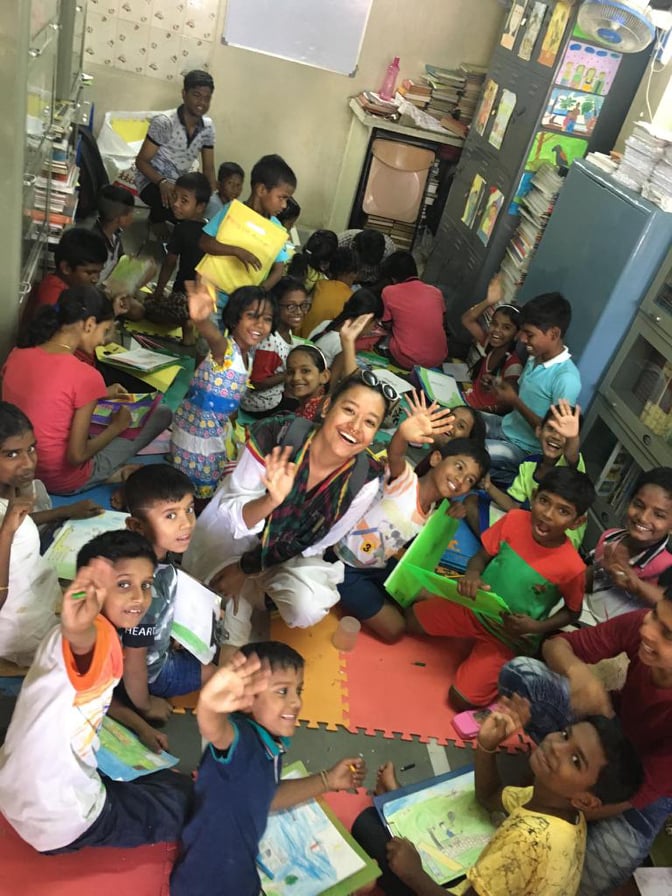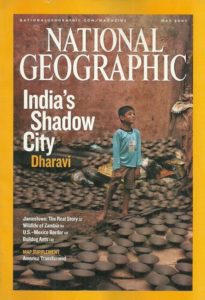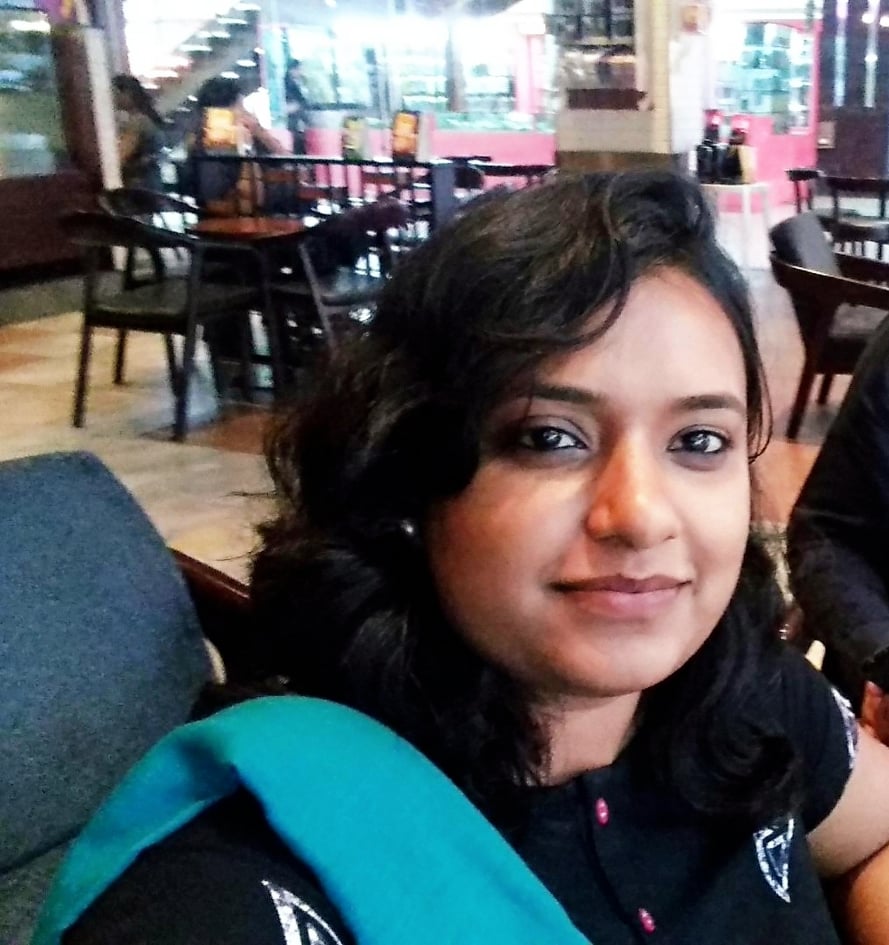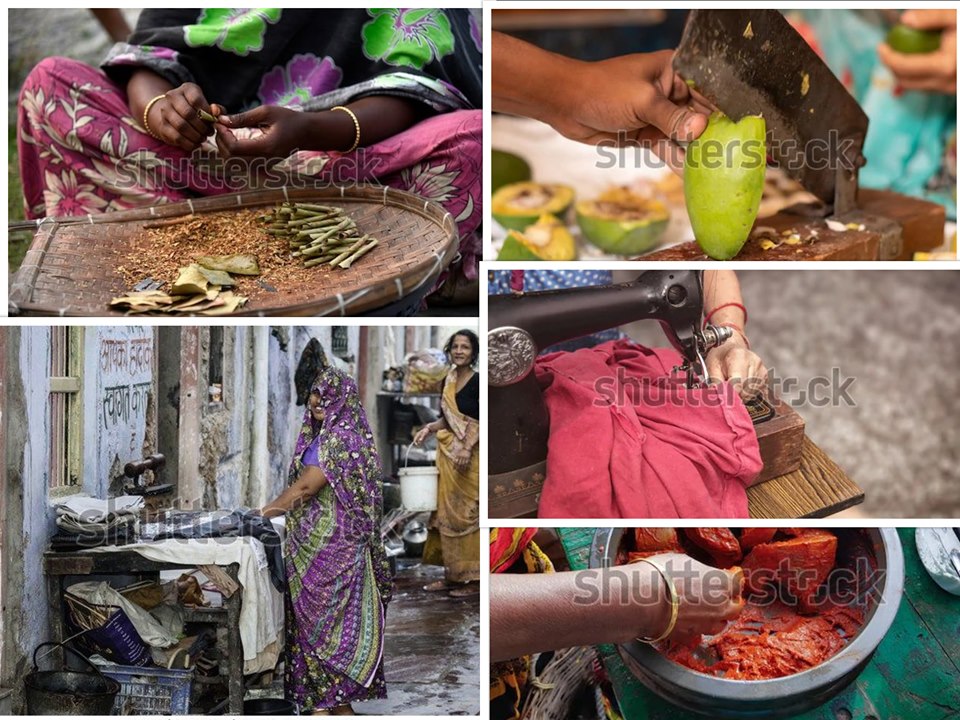Aqui Thami
(SAVARI and Round Table India are doing a series to put together the Bahujan perspective on the Coronavirus pandemic)
It is not an overstatement to say that Dharavi is the heart of Bombay. Smack in the middle of the city a powerhouse pumping every second, day and night, Dharavi is what keeps the city moving. Although the contributions it makes are invisibilized (intentionally perhaps) but isn’t that how casteist capitalism works? The wheels will not keep moving without exploitation and alienation.
Thanks to popular culture Dharavi is a familiar place to many, although the reason for its popularity may not be agreeable to the people of Dharavi. The way Dharavi and its residents are represented, (as the largest slum in Asia), has left the people feeling denigrated, but contrary to popular belief, Dharavi is not a scary, dangerous locale brimming with stereotypical gangsters and rappers. Every house in every gully contributes to the economic, cultural, and intellectual processes. On an average day, there are people from almost every continent in the world that I come across in Dharavi, from architects from India and abroad to academics from IITB to MIT to filmmakers, artists and designers from all over, it is not just the average slum tourists that flock to Dharavi. The denizens have accepted the bitter truth that there will be people hovering over them and as much as they dislike it there is little they can do about the visitors. 
This beautiful homegrown community is not just a sanctuary for historically disenfranchised communities (who come from villages all over India) to thrive, it is also a place of immense human potential where people practising different religions and speaking different languages have lived in harmony since the time the indigenous Koli people opened its doors to the world outside.
These are the people who have always been the most vulnerable in the city, during the monsoon floods, the dengue and malaria season, HIV, etc. It was inevitable that the coronavirus would affect Dharavi the worst and as predicted the number of cases in Dharavi has been on a rapid rise, owing to which authorities have declared a total lockdown and designed a plan titled “Mission Dharavi” to address the crisis.
The residents of Dharavi are under tremendous stress, the directions laid down by the World Health Organisation are not very helpful to most people in Dharavi. Clean water is scarce and using community toilets is a health hazard and to add to it there has been a lockdown. These measures are implemented without providing any resources to the most vulnerable population. Hordes of people saying, ‘We are in this together!’ should shout in outrage at the utter apathy towards the most vulnerable communities, but the fact is they don’t. They don’t even seem to understand that the tissues they dispose of and the disposable masks they wear are collected by humans and taken to recycling units in Dharavi or places like Dharavi where it is sorted through manually. There is an intention to this invisibility; it does not just diminish the work they do but it negates it at the same time tactically making sure they still have to continue working not just for income but because their service is essential.
So why are people in Dharavi denied empathy and dignity in these troubled times? Doesn’t it almost feel like some humans are more human than other humans? Clearly, the city, the country does not understand how it must feel to be quarantined with twelve people in a 120 sq.ft. house with no windows. How deplorable is it to add unemployment and hunger to it? If we are to address the spread of the pandemic we cannot ignore the underlying issues caused by systems of inequality. The virus is not spreading because people are not taking the quarantine seriously, but because the system is designed in a way to facilitate the spread of the virus. It is definitely a huge privilege to have jobs, get on Zoom calls, and get paid at the end of the month. I’m writing to share about the crisis in Dharavi, not to minimize the suffering of others but to strengthen the level of empathy for the ones living through the worst.
Let us not allow the authorities to fool us into believing that the virus is spread because of the poor people who are totally unable to deal with the crisis. It is a basic human right to have a safe life without disaster, famine, and poverty. Do not let people in charge convince you to be grateful for being healthy, having food, and a roof over your head; every single person should have these. People in Dharavi have been defenceless because they were never allowed to have these things to begin with.
It is time for a deep cultural change. We need to stand in solidarity with the most vulnerable, explicitly incorporating the unique needs of women and children. A recovery plan for Dharavi has to be one that does not involve the police. Instead, communities should be encouraged to work in collaboration with health workers. Assigning responsibility to the community would also mean they can be on a payroll thereby making sure people do not succumb to poverty. Caring for the elderly and people with comorbidities is especially hard due to collective trauma and stigma. Women are often burdened with providing care, and most of these women have also lost their steady income since the lockdown, as home-based industries have come to a standstill. Renumerating for the care work will ensure the women are not totally dependent on the men in the family. Some residents of Dharavi are also functioning alcoholics who use alcohol as a coping mechanism to deal with the work they have to do. There has to be attention and care put into dealing with addiction and withdrawal.
Dharavi is no shadow city. It is the heart, but this is forgotten. Let us do our best to keep this heart beating.
~~~
Aqui Thami: I’m an indigenous artist, I run Dharavi art room, Sister library, and Bombay underground.



